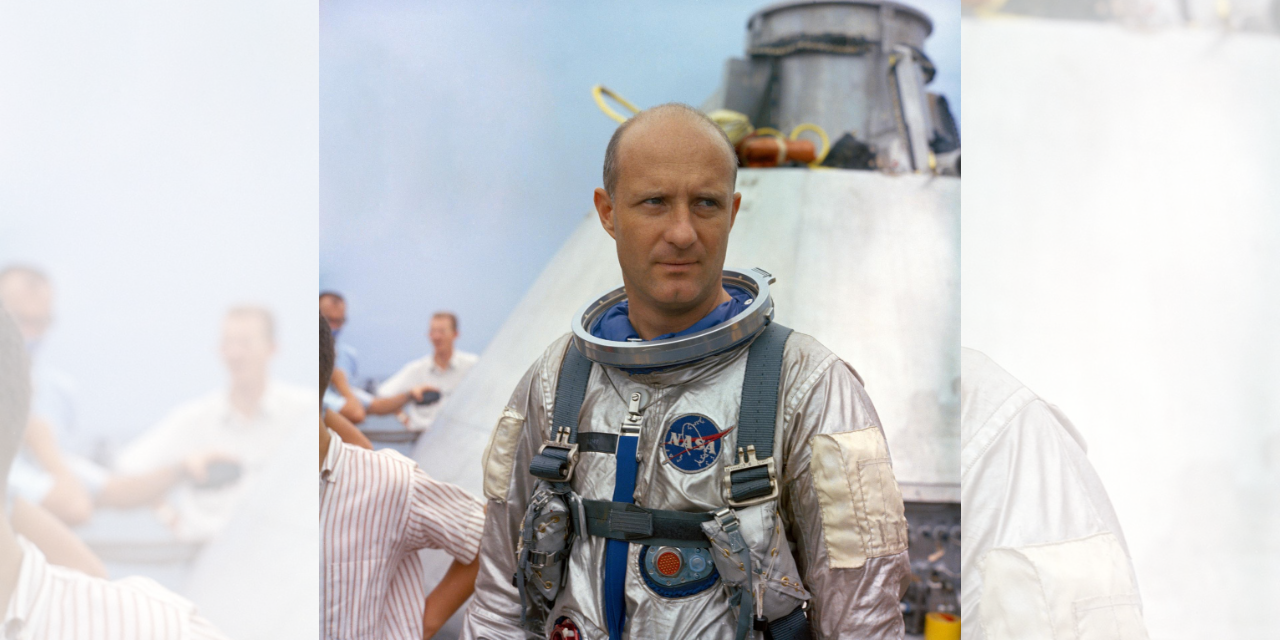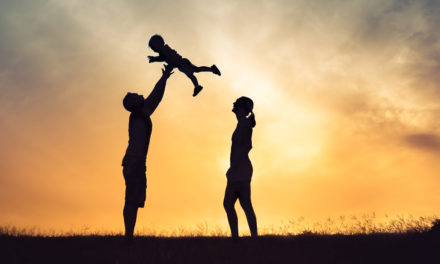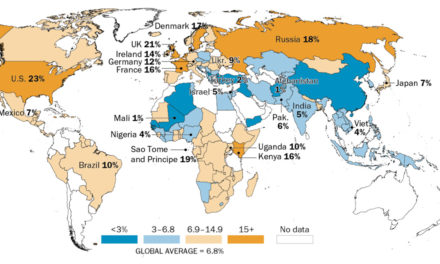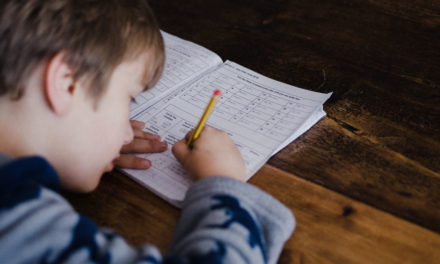Thomas P. Stafford, a NASA astronaut who paved the way for the first moon landing by flying the Apollo 10 mission, passed away in Florida on Monday. He was 93.
Stafford’s story is one of those “Only in America” type journeys.
Since President Dwight Eisenhower signed the National Aeronautics and Space Act of 1958, there have been 360 astronaut candidates. Of that that total number, 212 have been from the military and 191 have been pilots. Stafford checked both boxes.
A graduate of the United States Naval Academy who was commissioned into the United States Air Force, General Stafford was part of the first class of astronauts selected in 1959. That’s until it was discovered Stafford, at 6 feet in height, wouldn’t be able to fit into the Mercury space capsule the new agency had just created.
Disappointed but resigned to the reality, the almost-astronaut enrolled at Harvard Business School instead. The Ivy League adventure lasted just three days. NASA reached back out and informed him he’d fit into the newly created and larger Gemini capsule. Stafford immediately disenrolled from graduate school, and headed back into the space program.
In May of 1969, Stafford piloted the Apollo 10 mission, which orbited the moon in search of the ideal landing spot for Apollo 11 later in the summer. That latter mission featured man’s first steps on the moon.
Additional missions included the Apollo-Soyuz mission, which featured an historic rendezvous with a spacecraft from the Soviet Union. Just over 140 miles above the earth, the two vehicles docked together. They conversed, took pictures, conducted experiments, and even held a joint press conference. President Gerald Ford spoke with both crews from the White House.
“I’m sure we have opened up a new era in the history of man,” General Stafford declared. Many credit the space mission as the beginning of the end of the Cold War. It may not have melted all the ice, but it certainly contributed to the start of the thaw.
The historic occasion also marked the beginning of an extraordinary friendship between Stafford and the Soviet Union’s Lt. Col. Aleksei A. Leonov, who was piloting the Russian craft. After retiring from the Soviet space program, the Leonov pursued a career in investment banking and finance. Stafford became an aviation consultant. Both men remained in close contact in the years following the outer space meeting.
Flash-forward to 2003, and the general and his wife, Linda, were visiting Russia and several orphanages.
“We told them we wanted two boys who were good at mathematics,” he remembered, maybe only half-joking.
Brothers Michael and Stas joined the family in 2004, settling into their new mother and father’s home in the Florida Keys. When it came to finalizing the adoption in Russia, the famed cosmonaut Leonov served as a character witness for the couple.
When Aleksei A. Leonov died in 2019, Thomas Stafford eulogized him at his funeral.
Just consider that the general’s mother arrived in Oklahoma via covered wagon. In only one generation her son had ascended to the Naval Academy, the Air Force, then NASA, the moon, and an unlikely meeting 140 miles above the earth with a spacecraft of an enemy nation. And then years later, the Stafford family would welcome two boys from that same nation – and make them Americans.
Anything can happen in America, and anything and everything often does. The incredible arc of General Stafford’s life reflects the limitless reach of God and the nearly unfathomable advances in human achievement.
We extend our condolences to the general’s family and our thanks for his dedicated service to our country.
Image credit: NASA






